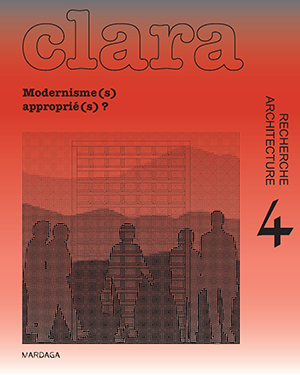When life takes over. Interplays of built utopia and inhabitation
Main Article Content
Abstract
The diffusion of modernism as a singular style, and of modernity as a set of aspirations available for adoption during the 20th Century has been fundamentally contested in practice. In the developing world in particular, this architectural approach failed to deliver on its promises of improved living for all, and was contested by alternative modernisms. Recent transcultural perspectives on modernism have found that use is a profound form of critique of modernism as received. In the process of use, designed artefacts are appropriated by users and also become more “appropriate”.
To consider the specific performative capacity of modernist spaces, this contribution sets a conceptual and methodological framework that also helps build consistency across the array of cases included in this issue. Appropriation, following Lefebvre, is confirmed as a central concept to understand the action of exercising individual and collective freedoms in the physical and natural environment. Building further on Pinson’s idea that appropriation reacts to the increasingly reduced freedom available in modernist structures, the authors underscore the significance of understanding the interplay between built utopias and inhabited artefacts. This same interplay is considered a creative genre in itself by extending Bhabha’s discussion of a hybrid third term as the result of productive instability in the production of meaning, in turn rooted in Fanon’s ideas.
The introduction includes a brief summary of the issue’s contributions, which attempt in different ways to apprehend the nature of spatial practices that have been the drivers of transformation through the lens of appropriation. They likewise explore how particular designs may have encouraged re-signification, and consider these processes in diverse contexts, at different scales from singular buildings to landscapes, and through different temporal durations. These assemblages include the long-term and temporary occupation of public buildings in Buenos Aires and Johannesburg; the metabolisms generated by mega-structures in South Korea and Venezuela; the generative grammar of incremental tissues in Lima, Cansado and Zouerate; and the ambivalent coexistence of modernism with local customs, spatial practices and dwelling cultures in Benin, Vietnam and Mongolia.
Article Details

This work is licensed under a Creative Commons Attribution-NonCommercial-NoDerivatives 4.0 International License.

